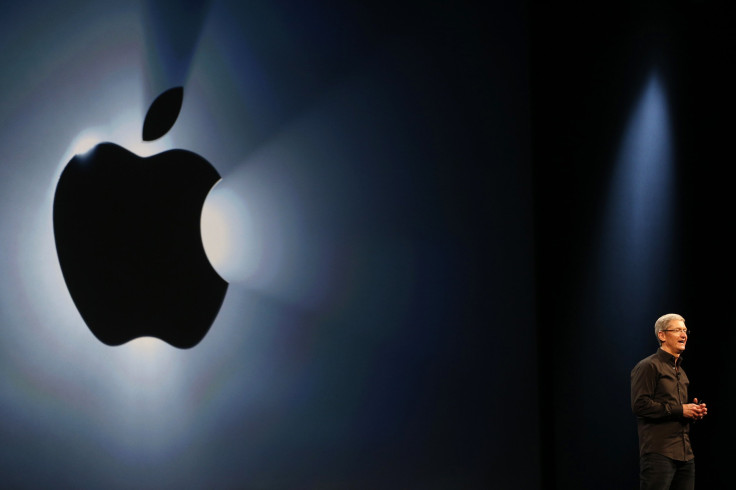iPhone 11, Apple Watch 4 To Have Face ID: Reports

Apple’s new face recognition system, the FaceID, might be available only on the iPhone X this year, but the feature is expected to be available across the company’s line up of devices, including its smartphones and its smartwatch, by next year.
The security system is expected to replace the company’s existing TouchID.
According to KGI Securities analyst Ming Chi-Kuo, who is known for his predictions on Apple products, the company is expected to completely abandon the TouchID system, a feature on all its iPhones since the iPhone 5S.
“We believe this change will allow all new models to realize a competitive advantage via differentiation, on the back of an integrated user experience of full-screen design and TrueDepth Camera/Facial recognition/Face ID/AR applications," he stated in an investor note.
The FaceID system is essentially more complex than TouchID, a fingerprint sensor embedded in the iPhone’s home button.
It uses the device’s front camera, along with flood lighting to scan the user’s face and match it with a Face Print stored in the phone.
The company uses a technique, which it calls 3D sensing — the device’s True Depth camera takes infrared images of the user’s face. It asks the user to move his/her face around, so that a depth map of it can be created, which will then let the FaceID unlock the phone easily.
According to Kuo, the company’s next iPhone, whether it will be called the iPhone 9 or iPhone XI or iPhone 11 would have FaceID, which means that if you are planning to buy an iPhone next year, you might avail of the feature.
This is expected since the iPhone X might be a one-off launch for the company to mark its tenth anniversary, and the company is expected to go back to launching two flagship devices, a 5-inch phone and its 6-inch “Plus” version.
However, what’s unclear is whether the company would refresh its iPhone SE series, its budget smartphone. If it does, it seems highly unlikely, despite what Kuo claims, that the company would include the feature in the second generation of the device.
Another more interesting aspect is whether the company would include the feature on the next year model of the Apple Watch. If the company includes FaceID on the smartwatch, it would have to include an onboard camera on the smartwatch, something, it hasn’t done for the past iterations of the device.
While Kuo hasn’t commented on the inclusion of FaceID on the smartwatch, it seems the ideal candidate for the feature, according to 9To5Mac. Currently how it works is that if your iPhone X is unlocked, the Apple Watch Series 3 is automatically unlocked. If your phone is out of range, then you will need to unlock the smartwatch with a passcode, and Apple Pay transactions on the smartwatch work the same way.
Chances are if the company puts in a camera in the Apple Watch, it will be used for limited functionality — unlocking the smartwatch. You need to only glance at your smartwatch to unlock it.
© Copyright IBTimes 2024. All rights reserved.





















